Instruments
Instruments
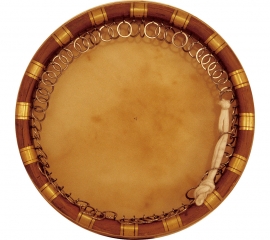
Dayra or Doira
A frame drum with jingles, commonly played by both men and women among sedentary populations in Central Asia.

Dombra
Refers to different types of two-stringed long-necked lutes, best known of which is the Kazakh dombra – a fretted lute that is considered Kazakhstan’s national instrument. Its large and varied repertory centres around solo instrumental pieces, known as kui, which, like the analogous Kyrgyz kuu, are typically programmatic. The dombra also provides accompaniment for Kazakh bards, known as jyrau, and for singers of bel canto lyrical song.
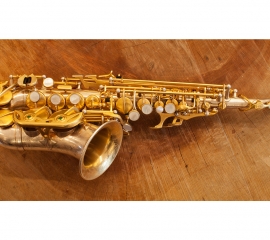
Duclar
Middle Eastern reed instruments like the duduk fitted with a clarinet mouthpiece
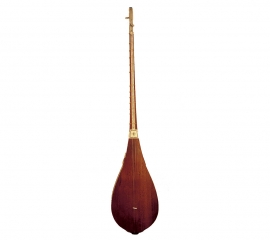
Dutar
Designates different kinds of two-stringed long-necked fretted lutes among Uzbeks, Tajiks, Turkmens, Qaraqalpaks, Uyghurs, and other groups.
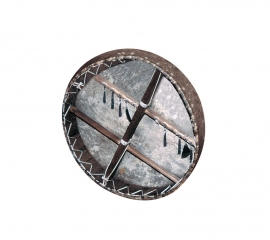
Frame drum
A drum that has a drumhead width greater than its depth. Usually the single drumhead is made of rawhide or man-made materials.
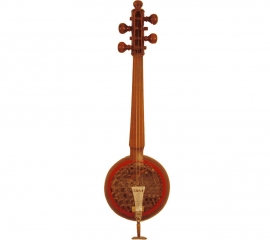
Ghijak
Round-bodied spike fiddle with 3 or 4 metal strings and a short, fretless neck used by Uzbeks, Tajiks, Turkmens, and Qaraqalpaks. Also known as ghirjek among Qaraqalpaks.
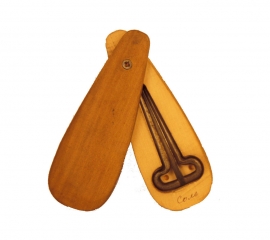
Jaw Harp
Called by a variety of local names, jaw harps belong to the traditional instrumentarium of pastoralists throughout Inner Asia. The specifics of instrument construction and performance styles vary, but jaw harps in Inner Asia are made either from wood or metal, the latter representing an early and sophisticated use of metallurgy by nomadic peoples. A magical or spiritual dimension has been attached to jaw harps in many cultures.
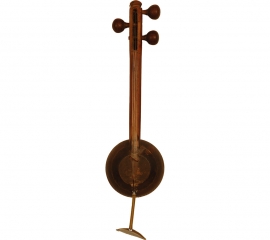
Kamancha
Spherical spike fiddle with a cylindrical neck fitted with four steel strings. The resonating chamber is traditionally covered with catfish skin. To play different strings, performers turn the instrument left or right on its spike rather than change the angle of the bow.
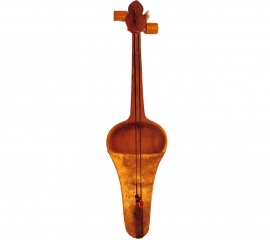
Kïl-kïyak
Kyrgyz variant of an upright bowl fiddle, with 2 horsehair strings. Kazakhs call an almost identical instrument qyl-qobyz. The deck is usually made from the hide of a camel or a cow, and the body is carved from a single piece of wood, typically apricot. The instrument’s repertory is heavily programmatic; that is, melodies narrate stories and often imitate different sounds. In the past, the instrument had a strong connection to shamanism and the recitation of oral poetry.
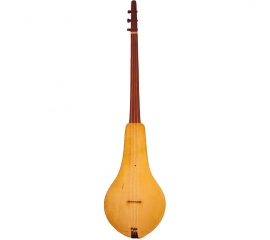
Komuz
The main folk instrument of the Kyrgyz – a three–stringed, fretless long-neck lute typically made from apricot wood, nut wood or juniper. Playing techniques include plucking, strumming, and striking strings with the fingernails as well as the use of stylised hand and arm gestures that add an additional narrative component to the komuz’s typically programmatic repertory.
